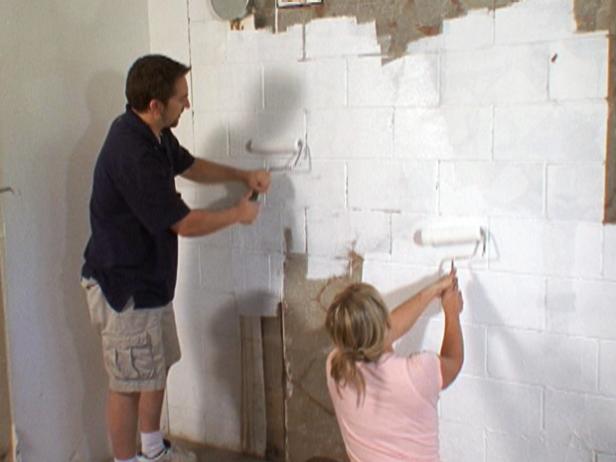1. Not managing roof water run off
The most commonly overlooked solution to a wet basement is actually found outside the home. Properly managing exterior water is always the first step when fixing a leaky basement. Having gutters installed with downspouts that take roof water a minimum of 8 feet from the foundation will help prevent water from pooling in the porous soil next the foundation.
2. Not sloping the soil along the side of the home away
The immediate soil outside of your foundation remains less dense than the virgin soil 3 feet out. That is due to two reasons – first, when the soil is back filled around the newly built foundation it cannot be packed down tightly because it would cause the foundation walls to cave in. Second, warm basements radiate their heat loss into the soil around the foundation making the first 6 inches spongy and causing water to soak up faster than the heavier compacted soil further out from the home. To help prevent water from collecting in that area, fill in any depressions along the sides of the home to slope away from the home.
3. Ignoring settling service walks
Some older homes have service walks along the sides of the house that settle over time. Be sure these service walks direct water away from the foundation and don’t block water from draining.
4. Falling for the cheap paint fix
Many DIY homeowners fall for the cheap waterproofing paint fix only to be disappointed a short time later when their water problem returns. When you paint the cement walls the lime in the concrete will create a white effervescence bubble between the wall and paint. This brittle bubble will break off in shale causing a bigger mess. Waterproofing paints are cheap for a reason – they just don’t last and can’t fix a seeping basement.
5. Sealing the cold joint
Never seal the seam where the floor and walls meet. Some homeowners choose to seal the cold joint with hydraulic cement in an attempt to plug-up where the water is entering the basement. When you plug-up this joint more pressure builds up in the walls and causes the water to move to another place in the basement. When that happens remedying the wet basement becomes a lot more work, because that hydraulic cement will need to be removed before installing a basement waterproofing system.

